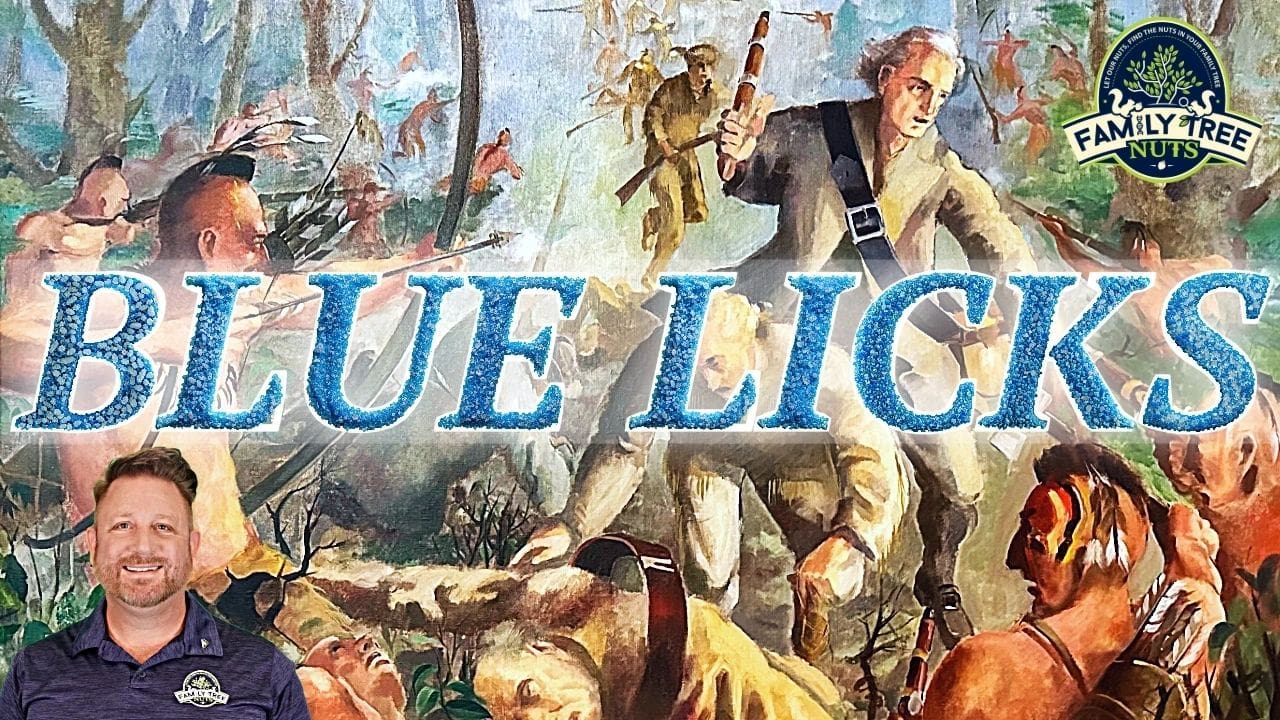
Battle of Blue Licks – Worst Massacre in Early Frontier History
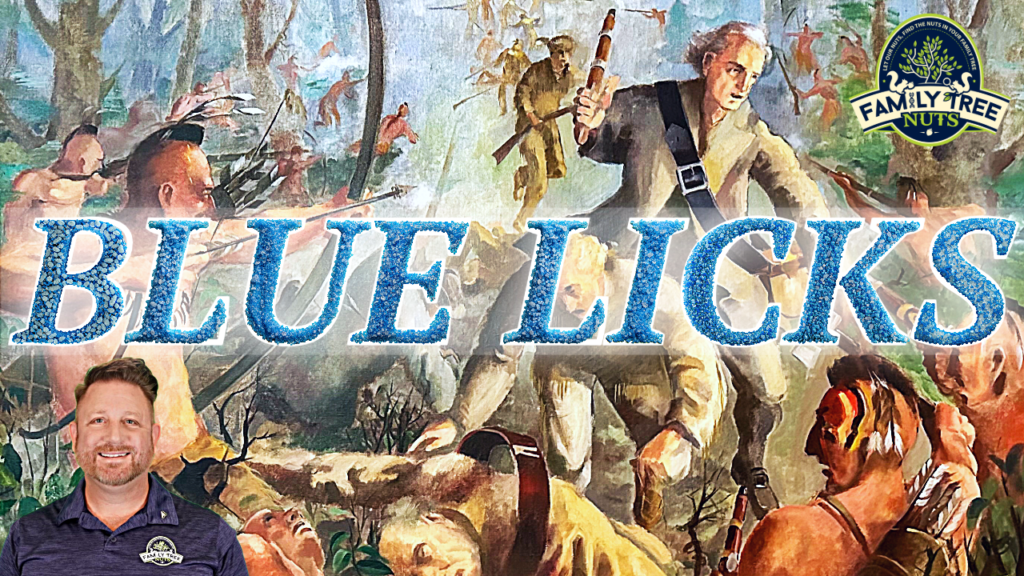
Daniel Boone’s son Israel was killed here. It was one of the last battles of the Revolutionary War, and it was fought almost a year after Cornwallis surrendered at Yorktown. It was one of the worst one-sided defeats in frontier history. Daniel Boone said, “we are all slaughtered men”. The Battle of Blue Licks.
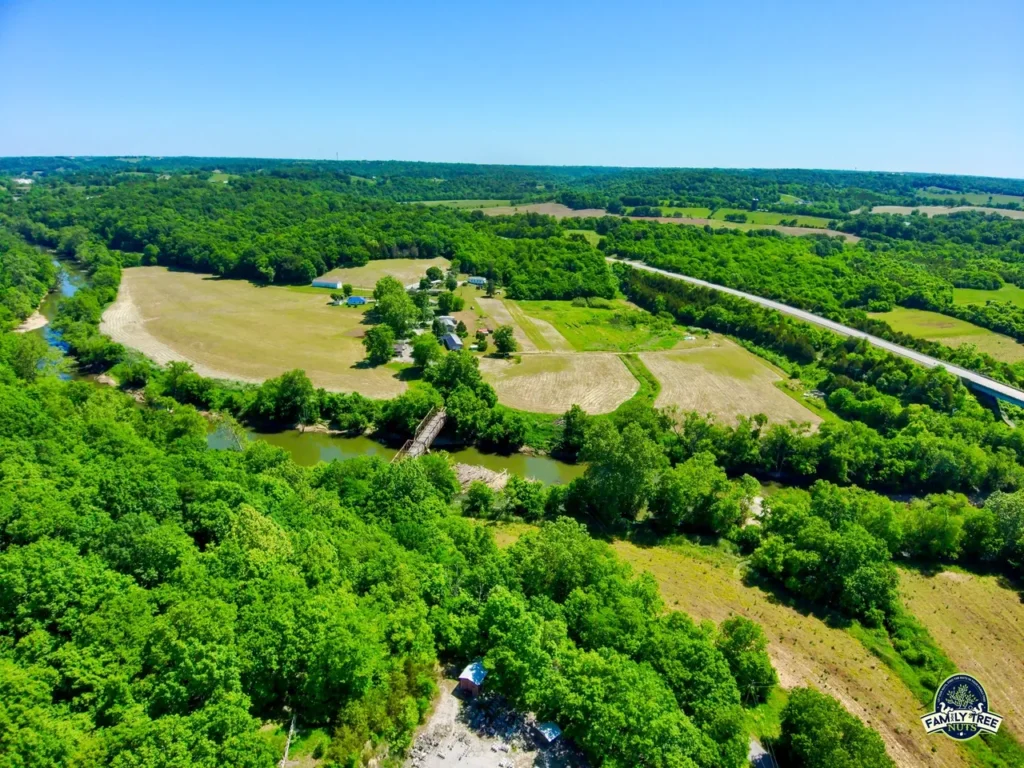
Recently we visited Blue Licks State Park, and spent some time with the park naturalist Matthew Dollar. He took us a few places that most folks don’t get to see, so I wanted to share what we learned with all of you. At Family Tree Nuts, we build family trees for clients that either don’t know how, don’t have the time, or don’t want to pay those expensive membership fees. We also make history videos all over the United States, and a few countries, so if you like videos like these, be sure to check out our YouTube channel.

Now back to Blue Licks. The actual battle of Blue Licks was very short, so in this video I’ll include the back story, and the aftermath of the battle. Let’s begin by setting up the back story. It was 1782, and for about seven years, pioneers had been exploding into the Kentucky frontier by the thousands, building settlements all over the bluegrass region. The more white settlers that came, the more Native American attacks happened to oppose that growth.

The settlers felt that it was their right to come, they had purchased the land, and there weren’t any Native American settlements anywhere to be found there. They felt the opportunity was too great to pass up. The Native Americans had a totally different opinion. They thought that even though they didn’t have permanent villages in the Kentucky Country, it was a land for many tribes to use for hunting. They considered it a neutral territory, even though they often fought wars and battles with other tribes for the hunting rights. The real problem was that it was a clash of cultures, and both whites and natives thought that according to their cultures, their way of thinking was correct.

It’s not a coincidence that the Kentucky settlements were being founded during the Revolutionary War. Great Britain had forbade white settlements west of the Alleghenies in the Royal Proclamation of 1763. However, five years later, the Treaty of Stanwix was signed which declared the Ohio River as the border for Virginia, and even though it was still illegal to do so, many whites began trickling into the back country. They figured it was just a matter of time before the land would be opened up for settlement, and they knew that whoever was there first would get the best land. The British didn’t have enough man power to keep the pioneers out and the Americans felt that since independence had been declared, they no longer fell under British laws and treaties. Thousands of new Americans were chomping at the bit to settle this wonderful land.

American land companies like the Transylvania Company “bought” huge tracks of land from the native tribes. The problem was, not all the tribes that claimed the land were involved in those sales. Imagine buying an office building from two of the five owners!
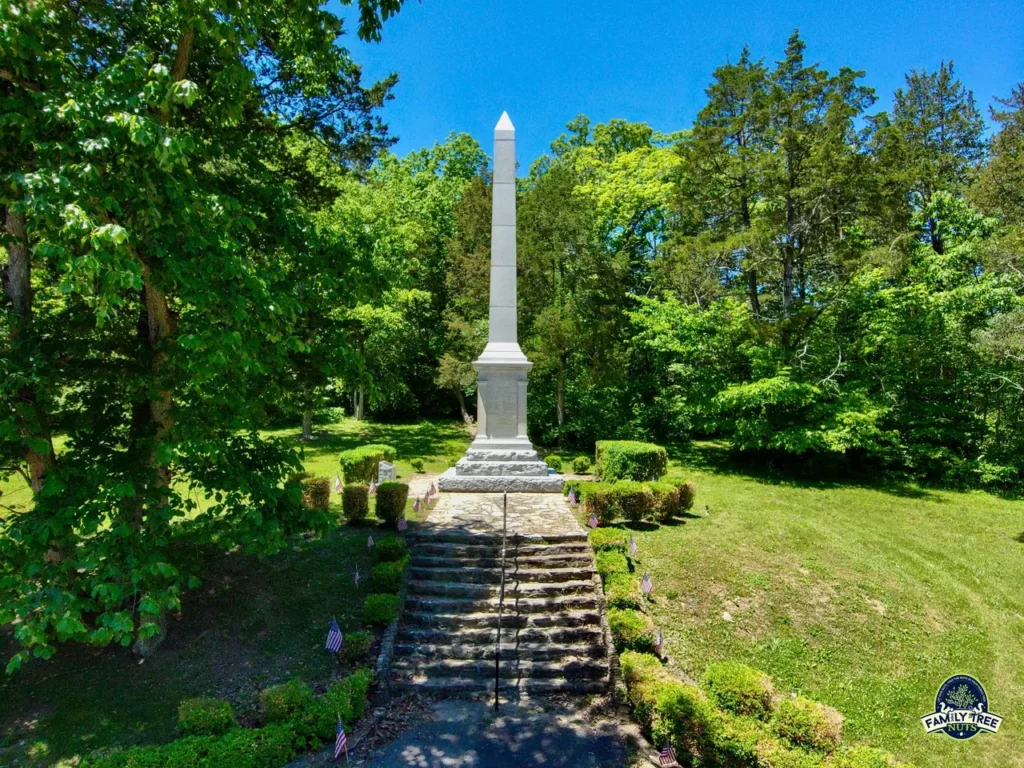
The British still felt that they had a hold on the American Colonies and that the rebellion would soon be crushed. They owed it to their Native American allies to enforce the treaties that they had made with them. The British armed and supplied thousands of natives and encouraged them to attack the white settlements on the frontier. The British leader Lieutenant Governor Henry Hamilton even earned the title “The Hairbuyer” from his program to pay warriors a bounty for white scalps. The situation was extreme.

Many times, white leaders led raids on Indian villages north of the Ohio River in retaliation for their attacks on pioneers on the frontier. Like any other conflict, it got worse and worse, and the actions of both white and red men were brutal and inhumane.
The British felt that it was time to lead a large force into Kentucky and drive the settlers out for good. In 1780, Captain Henry Bird lead a force of one hundred fifty British troops, and one thousand Shawnee warriors, along with a few cannons to invade Kentucky. They destroyed Ruddle’s Station, and Martin’s Station, and took hundreds of prisoners, many of which were taken to various Shawnee villages.
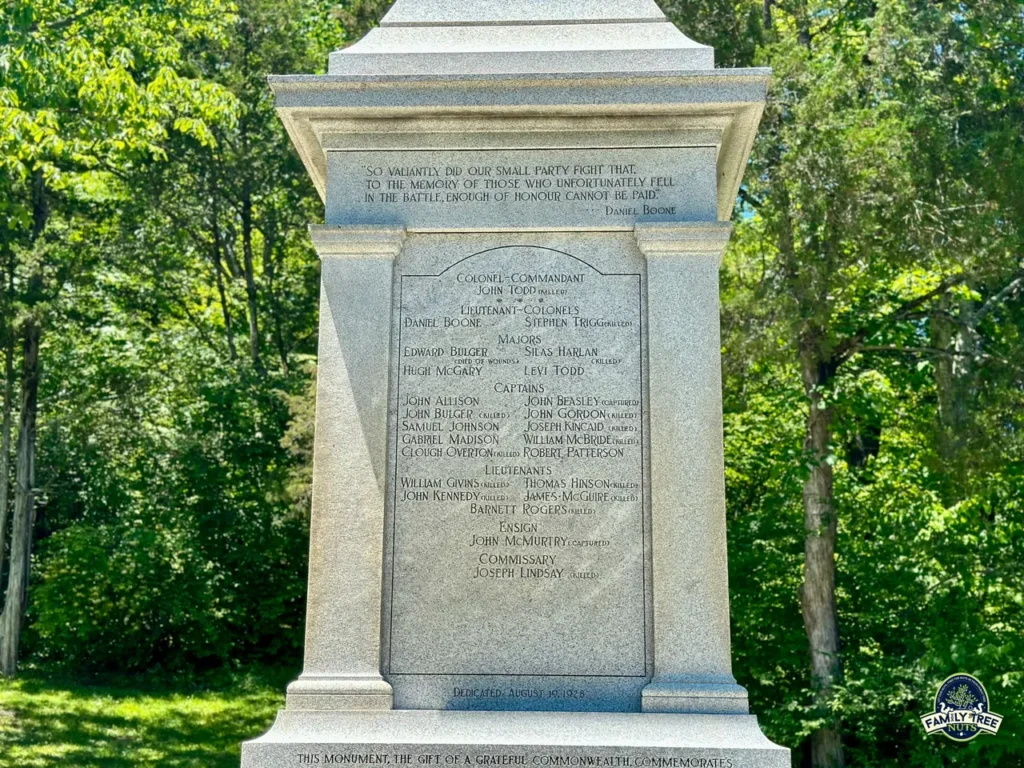
The Revolutionary War technically ended when Lord Cornwallis surrendered at Yorktown, in October 1781. The Indians, however, apparently didn’t get the memo and continued their attacks and raids into Kentucky.
In July of 1782, British Captain Caldwell gathered a force of one hundred fifty British Rangers to team up with Loyalists Alexander McKee, and Matthew Elliot, along with eleven hundred warriors from the Shawnee, Delaware, Mingo, Wyandot, Miami, Ottawa, Ojibwa, and Potawatomi tribes that were led by the renegade Simon Girty. The group set off to attack Fort Henry, in modern day Wheeling, West Virginia, but the expedition was called off when the warriors heard rumors that George Rogers Clark was about to attack Indian villages in Ohio, and most of the warriors went home to defend them.
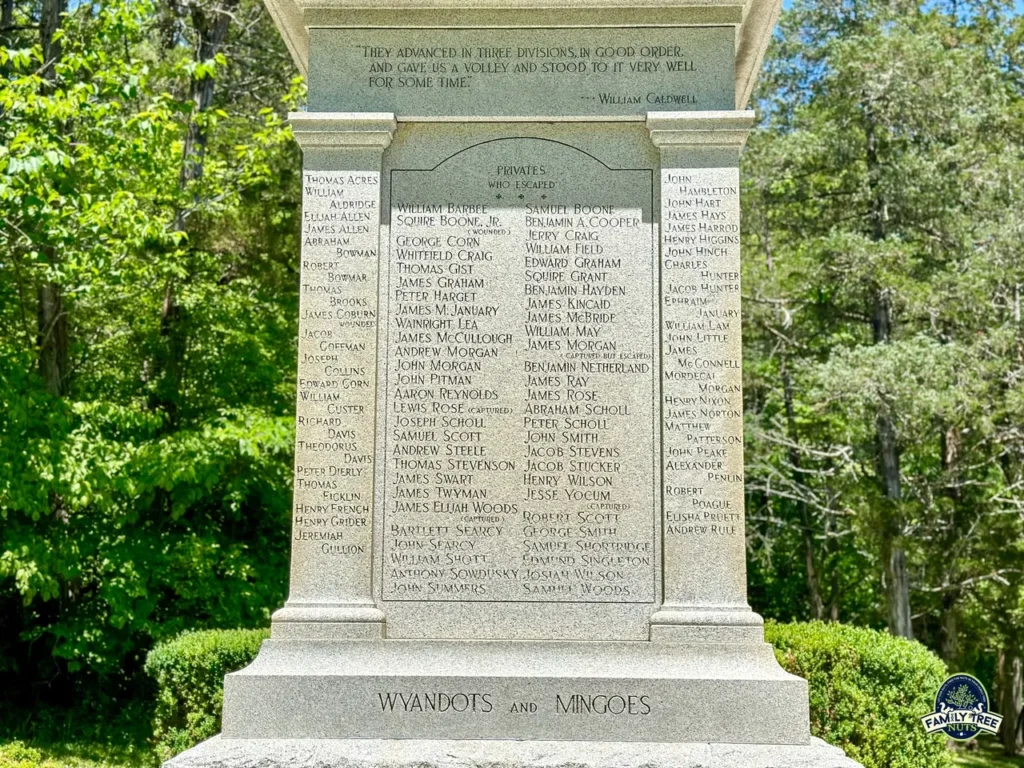
A few weeks later Captain Caldwell, Alexander McKee and Simon Girty redirected their efforts to attacking settlements in Kentucky. The took a force of fifty loyalists and three hundred Indian warriors to surprise the Kentuckians. On 15 August 1782, Caldwell’s force attacked Bryan Station, near modern day Lexington, Kentucky. The settlers had spotted the enemy and took refuge in the fort. Caldwell ordered his men to kill the livestock and to destroy the crops of the settlement.
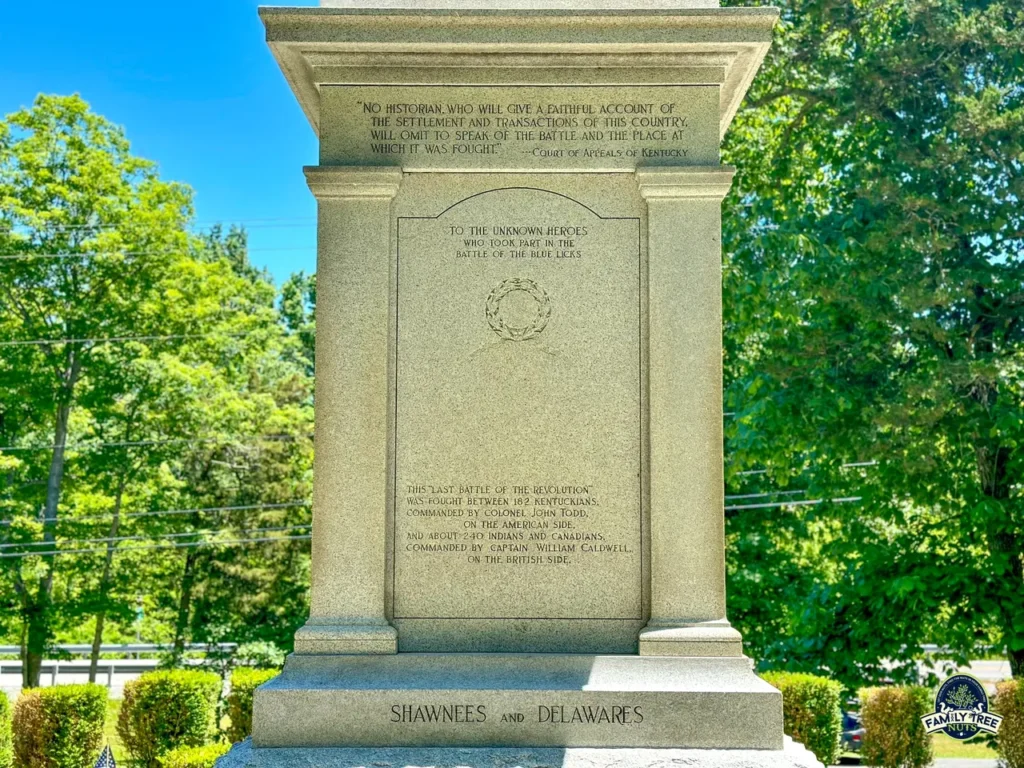
Several women were heroic during the siege, by daringly fetching water for the fort at a nearby spring. One of these women was Mary “Polly” Hawkins-Craig, the mother of Rev. Elijah Craig, whom some say invented bourbon whiskey. Another interesting story that came from the siege was a flaming arrow struck near the head of a cradle, barely missing the baby inside. That baby grew to be Colonel Richard Mentor Johnson, who is said to be the one who killed the most famous Shawnee, Chief Tecumseh. Johnson later became Vice President of the United States. Sometimes, a few inches can make all the difference in the future.
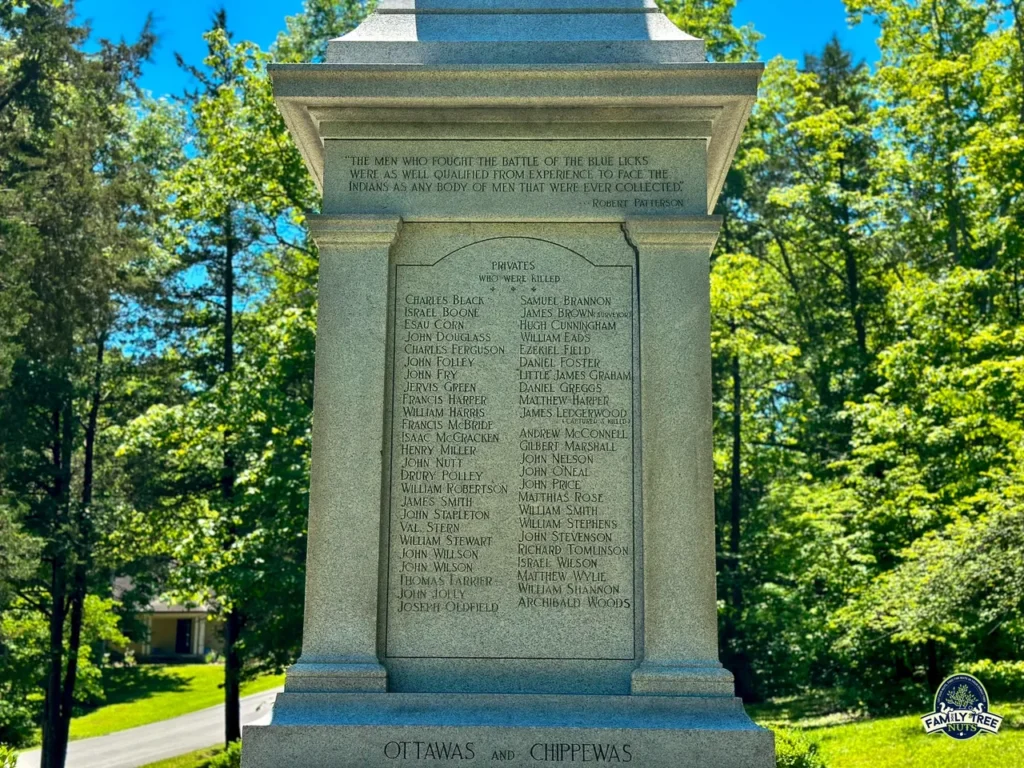
The siege of Bryan Station only lasted two days because the British force got word that the pioneer militia was on its way to defend the fort. The militia arrived on 18 August, and totaled one hundred eighty-two men, led by Colonel John Todd, who is the grand-uncle of Mary Todd Lincoln, by the way, Lieutenant Colonel Daniel Boone, Lieutenant Colonel Stephen Trigg, and Major Hugh McGary. Colonel Benjamin Logan was still gathering men to join the force.
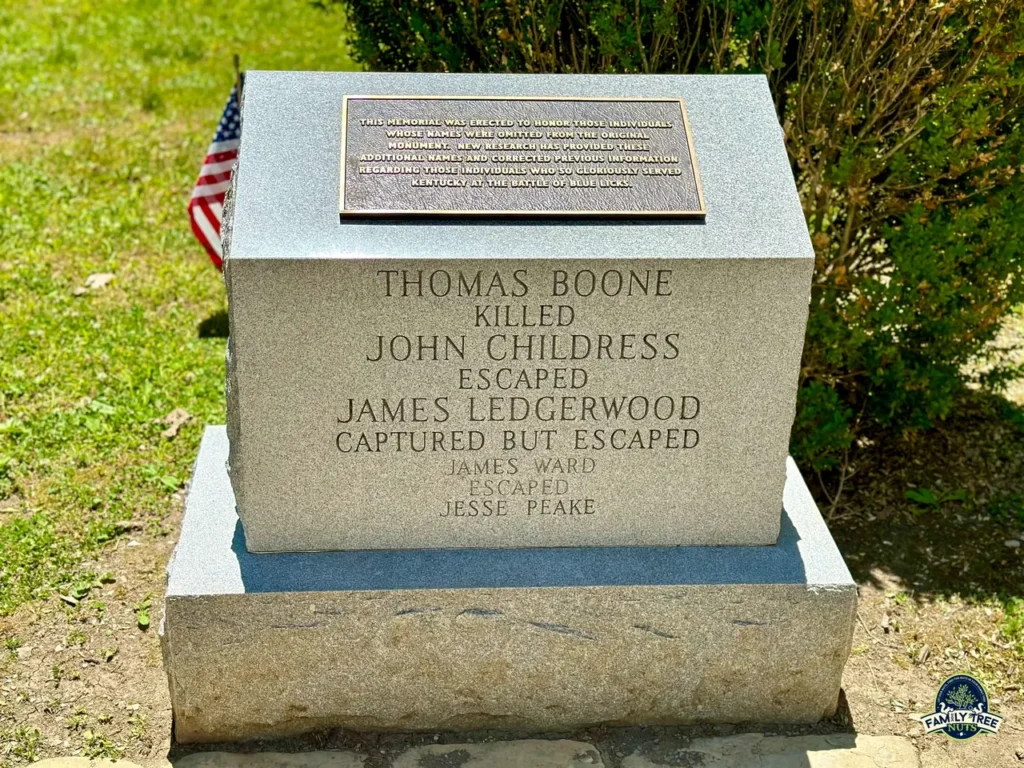
The militia had a choice to make. They could wait a day for Benjamin Logan’s men to arrive to make a larger force, or they could take off after the British and Indians immediately, who were already forty miles ahead of them. Daniel Boone and Hugh McGary were adamant that they wait for Logan, but the other leaders insisted upon chasing the enemy now, so they didn’t escape back into Ohio. Some of the men even questioned the bravery of Boone and McGarry, a fact that would soon lead to disaster. The militia rode about forty miles and camped at dusk.
The next morning the militia arrived at Blue Licks on the Licking River. This was the same place that Daniel Boone and the salt makers were taken captive by the Shawnee in 1778, so he knew the area well. They could see a few Indian scouts on the other side of the river and Boone was very suspicious because the trail that the Indians left was too obvious. Boone told the other leaders that he thought they were being lead into an ambush. Just across the river was a steep hill and they couldn’t see what laid beyond it.
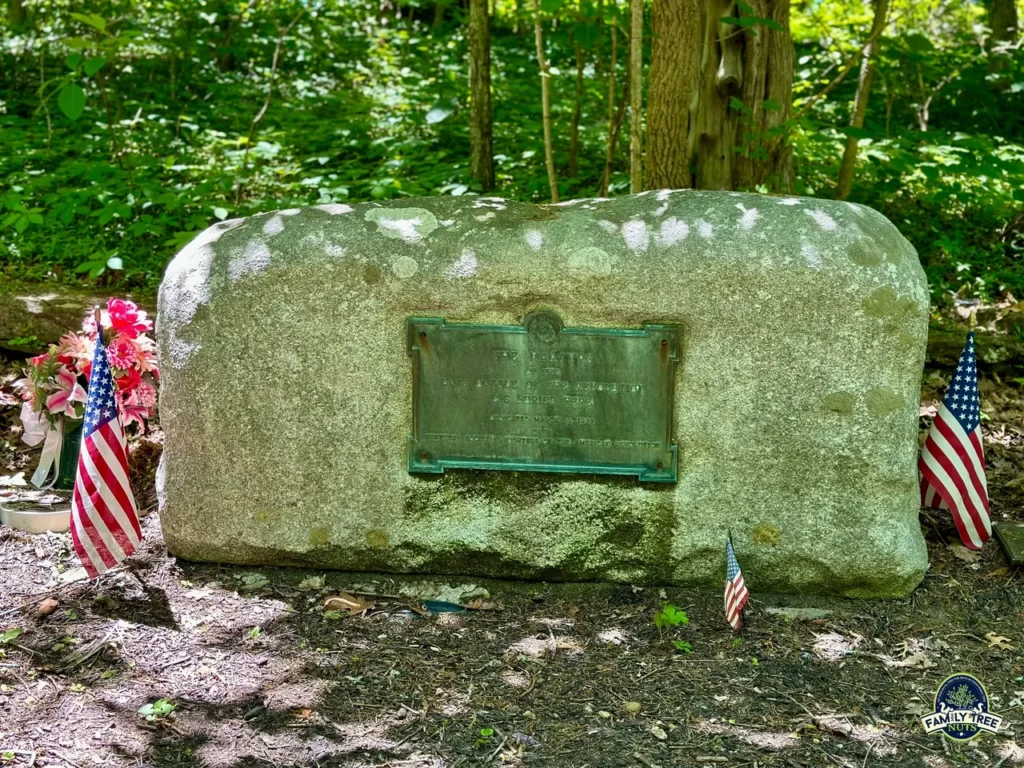
The militia leadership took a little time to decide about what to do, but soon, Major Hugh McGary, the Scots-Irish hot head had had enough waiting. Perhaps he was trying to make a bigger name for himself, or perhaps he felt that he needed to prove his bravery because the day before it had been questioned. McGary plunged his horse into the river and shouted, “Those that ain’t cowards, follow me!”. The militia immediately followed after him as the officers tried to reorganize them. Daniel Boone is quoted as saying, “we are all slaughtered men”.
The militia dismounted and formed into lines. Colonel Todd, and Major McGary’s men formed the middle, Lieutenant Colonel Trigg’s men formed the right, and Lieutenant Colonel Daniel Boone and his men formed the left. They advanced up the hill and when they reached the summit, they were fired upon with devastating effect from the enemy which hid in the ravines. After only five minutes the center and the left lines had broken, and the men were retreating. Colonel Todd and Lieutenant Trigg had been killed and their men were fighting hand to hand with the enemy who had outflanked them.
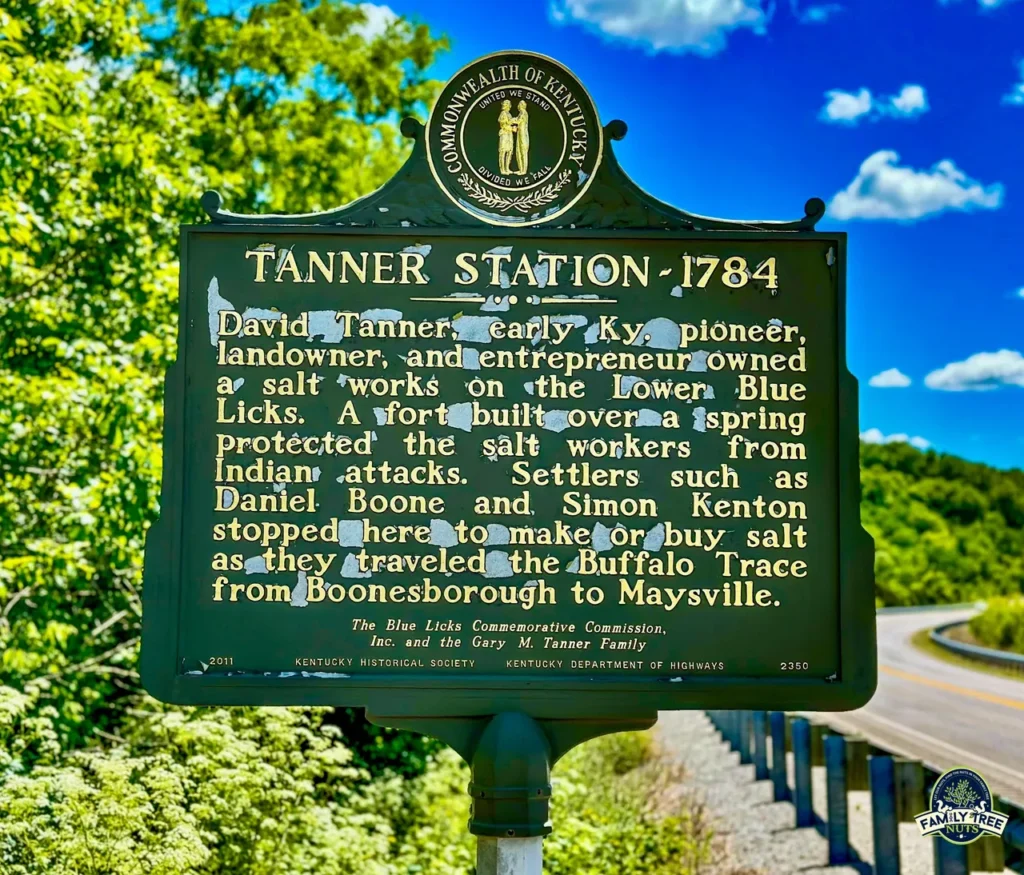
Major McGary went to Boone’s Company and told them that they were surrounded and that everyone was retreating. Boone grabbed a horse and told his son Israel to get on it and get out. Israel chose to stay put so that he could leave with Daniel who had gone looking for a horse for himself, but while he was waiting, Israel was shot through the neck and died. A family story has been passed down by the descendants of Private James Norton who fought at the battle. It is said that James was near Daniel and saw Israel get shot and fall. Norton shouted, “my God Daniel, it’s Israel”. Daniel was forced to make his escape without his beloved twenty-three old son. He had now lost two sons and a brother to the wild frontier.
The battle was the worst defeat in the Kentucky frontier. The militia started that day one hundred eighty-two strong, but seventy-two of them were killed, and eleven captured. Only seven of the enemy were killed. The retreating militia soon met up with Colonel Benjamin Logan’s force of around three hundred sixty men. In the beginning, had they waited on Logan’s men to arrive, they would have had a force three times what it was in the battle and likely things would have been much different. However, perhaps the enemy would have escaped. We will never know. The reinforced unit went back to the battle site and buried their dead. Many of the men were buried in a mass grave that you can visit today. The memorial is located on the path between the monument and the museum. The enemy had escaped back to their villages in Ohio, so the militia men returned to their homes and families.
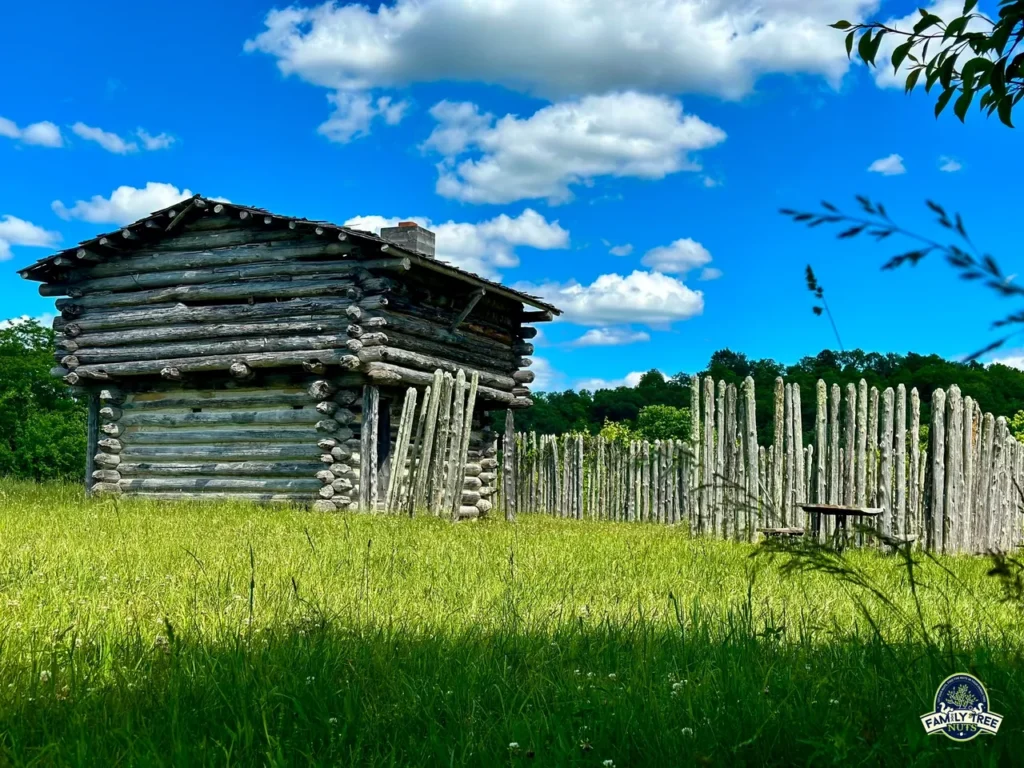
Many blamed General George Rogers Clark for the defeat, even though he was at the Falls of the Ohio, near modern day Louisville. A few months later, in November, GRC led a force of about one thousand men, including Benjamin Logan, and Daniel Boone to attack and destroy five Shawnee villages along the Great Miami River, including the important village of Piqua. They found no opposition because the Shawnee knowing they were coming, retreated back to villages further north along the Mad River. GRC’s raid was the last major offensive of the Revolutionary War, over a year after Cornwallis’ surrender.
Indian attacks on white settlers continued on the frontier, and four years later Benjamin Logan was on a retaliatory expedition against the Shawnee when they captured the elderly Chief Moluntha. Although no one knows for sure, most people think Moluntha was in his ninety’s. Logan put the old chief under protection, but Major McGary, remember him? The hot head that rushed into battle here at Blue Licks, used his rank to get close to Moluntha. The old chief was smoking a pipe with his guards, and McGary asked him if he had been at Blue Licks. Moluntha misunderstood him and said that he had, even though he was much too old to be fighting. McGary then took his tomahawk and struck Moluntha in the head, viciously murdering him. Logan relieved McGary of his command and had him gave him a court martial. McGary was found guilty, but his only punishment was that he was not allowed to lead troops for one year. This action infuriated the Shawnee, and they stepped up their attacks on white settlements.
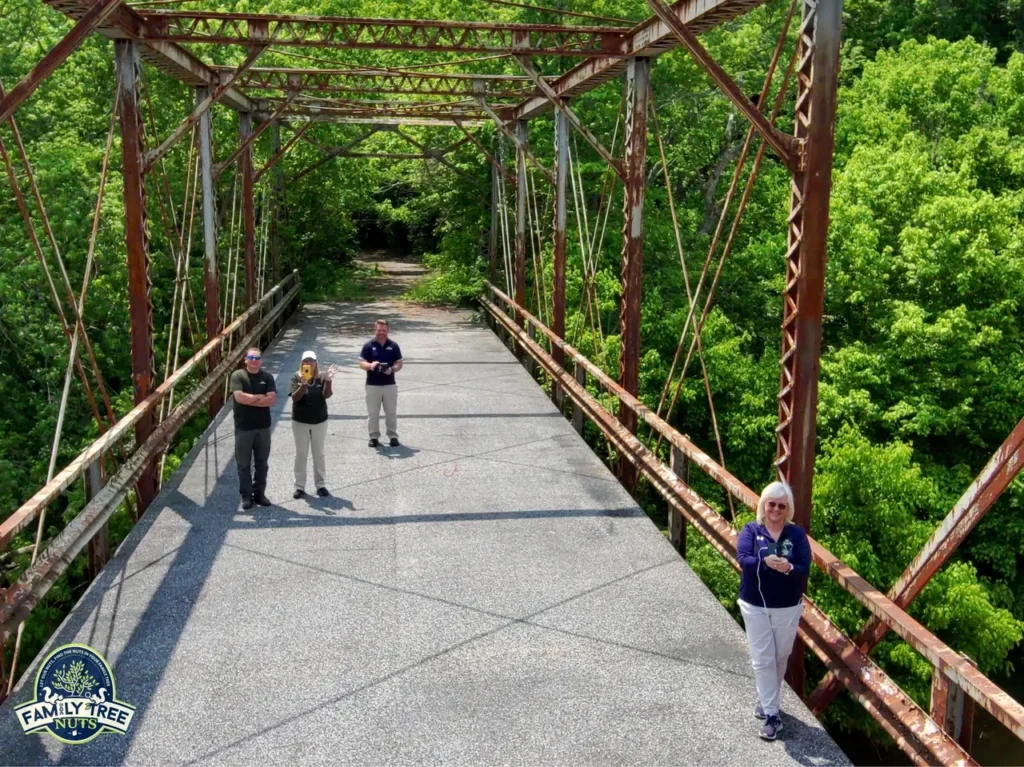
Today, the area is a Kentucky State Park, with beautiful camp grounds, lodge, and picnic areas. It also is the home of a pioneer museum that is extremely well done. You can walk in the footsteps of the men that fought here. Just a short walk across the road is the recreated Tanner Station, which was originally built in 1782 over a spring to protect salt workers from attack.
One hundred years after the battle, in 1882, a monument to the battle was began and was completed in 1928. On the monument is the names of the fallen and those that were captured. It also has several quotes from those that were at the battle. Every year in August, many gather for the DAR/SAR wreath laying ceremony at the monument and for the reenactment of the battle.
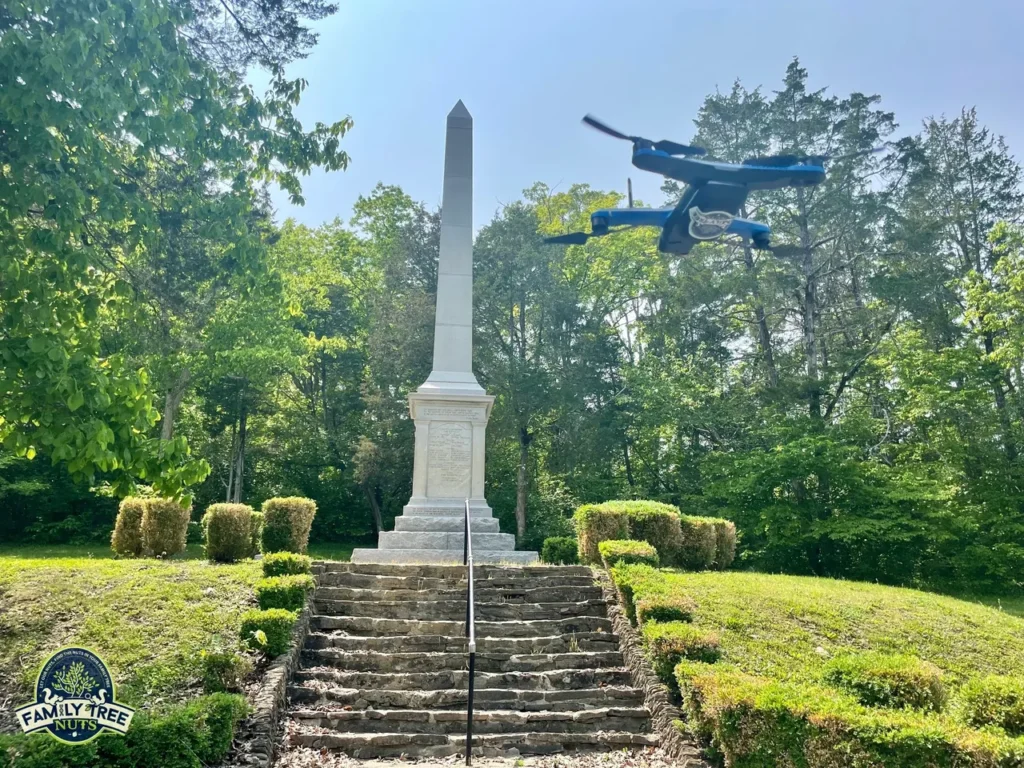
Daniel Boone said, “ So valiantly did our small party fight, to the memory of those who unfortunately fell in the battle, enough honor cannot be paid”. What do you think? Have you heard of this frontier battle of the Revolutionary War? Do you now have a better understanding of the battle and early situation on the frontier? We’d love to hear what you think in the comments. The Battle of Blue Licks is one that we should certainly remember, and we at Family Tree Nuts are proud to help preserve its legacy. Be sure to see our video from here at the link below.
-Col. Russ Carson, Jr., Founder, Family Tree Nuts
